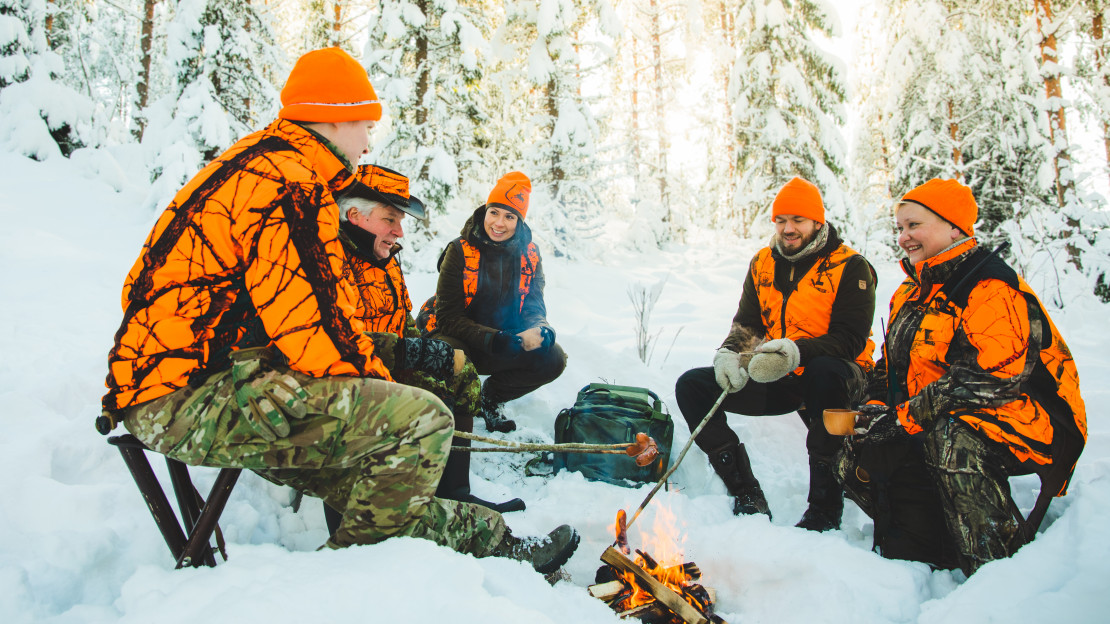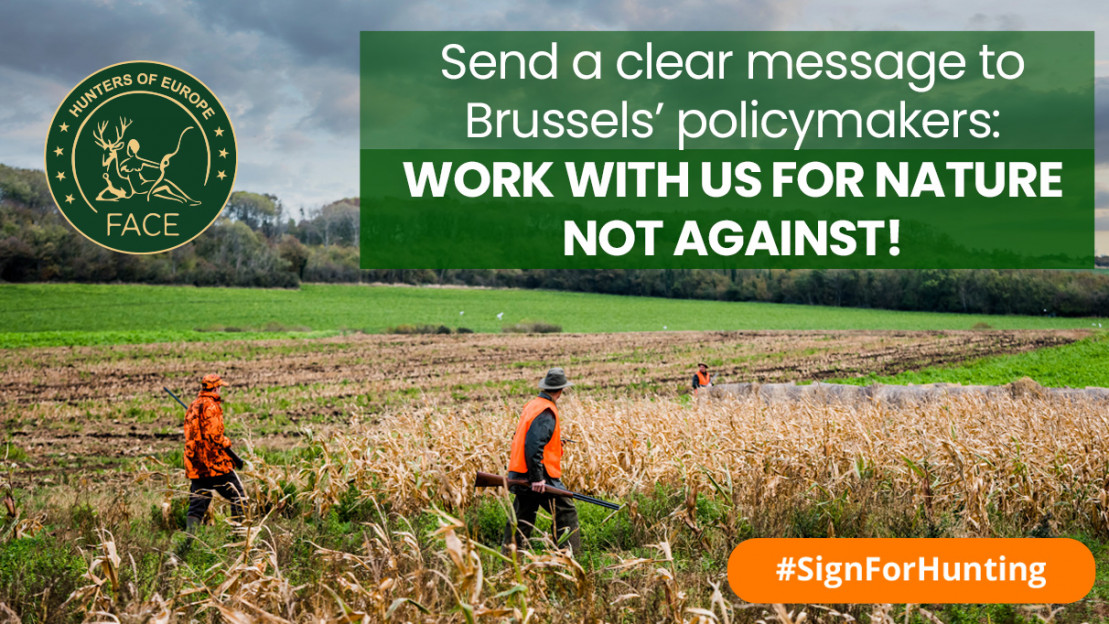According to an estimate of wolf population published by the Natural Resources Institute Finland (Luke) today, on 18 June 2024, the number of packs of wolves living entirely within Finland’s borders has increased by approximately 11%. According to the most likely estimate, there are 59–64 wolf territories, of which 44 have litters and 17 are pairs.
“According to the Finnish Hunters’ Association, even the reported population would allow for the hunting of wolves to manage the population the same way as in Sweden, even if there are uncertainties related to the population estimate,” says Jaakko Silpola, Executive Director of the Finnish Hunters’ Association.
According to Luke, there were 277–321 wolves in Finland in March 2024. When the estimate was made in late winter, the wolf population was at its lowest of the year before the new puppies were born in the spring. The Finnish Hunters’ Association urges to better consider the seasonal fluctuations when talking about the size of the wolf population. According to the wolf population forecast model included in Luke’s population estimate, the number of wolves was 395–560 with a 90% probability at the end of May 2024 when new litters were born.
In Sweden, the favourable conservation status target is 300 wolves, including puppies that are born in the spring. You can hunt the number of wolves that exceed the limit there. Regular hunting could help maintain the wolves’ fear of humans in Finland too, so that we could reduce their numerous visits to the immediate vicinity of people’s homes or the number of hunting dogs mauled by wolves. An expert group appointed by the Ministry of Agriculture and Forestry is currently working on allowing the hunting of predators to control population, for example.
Population trends have been dubious in the recent years
The Finnish Hunters’ Association finds it odd how, based on the estimates, the wolf population has been almost unchanged for three years. The wolf population grew by one third from 2020 to 2021, that is, from around 230 to 300 wolves, and there has been no growth since. According to studies, the wolf population can grow by up to 30% annually, if the conditions are good and there is no hunting. Observations reported over the past few years also suggest that the wolf population has strengthened. Wolves have been found in new areas, and it has become common to see a wolf in the vicinity of your home in areas of established wolf territories.
In winter 2020–2021, hunters became more active in monitoring and DNA sampling. Nearly 80% more samples identified as those of wolves were collected than in the previous winter. Due to the active sample collection and wolf monitoring, the number of wolves grew by a third in the population estimate of 2021, contrary to Luke’s forecast. Since then, the situation has not changed.
“Local observations reflect distrust of the population estimate. For example, three packs with litters and also one territory of a pair of wolves have been observed in the Salo region this spring. Instead of these four territories, the population estimate indicates one territory in the area. Another example is North Karelia, where the Tohmajärvi region should have two border packs in accordance with the population estimate. Based on local observations, there are also two other packs that are entirely within Finland’s borders and not included in the population estimate,” Silpola says.
The uncertainty of population estimates was also discussed at the end of May when Luke published its estimate of the lynx population. It showed that the population was unchanged, even if the lynx was not hunted. The lynx population estimate found that the activity to make observations had deteriorated so that the estimate was insufficient.
Incentives for producing observational data for the population estimate
We must improve the coverage of DNA sampling for wolves. By targeting and increasing the collection of DNA samples and the number of samples, we could verify whether a territory has a pair of wolves or a pack with a litter. Despite the unavoidable general government budget cuts, the Finnish Hunters’ Association considers it important that the resources for predator research are kept sufficiently large to improve the quality and reliability of population estimates, making them credible. DNA sampling also plays a key role in determining wolfdogs. DNA analyses show that even the west coast of Finland had wolfdogs in the 2023–2024, which is a serious indication of the significant spread of the invasive alien species in question.
Volunteers collect a significant proportion of wolf DNA samples. The Finnish Hunters’ Association has proposed that there should be compensation of 75–100 euros for the DNA samples to cover the costs of the collection work, such as significant fuel costs. In remote areas, forest tracks are not cleared off snow during the winter, and the collection areas are difficult to reach, which probably reflected in the decline in the number of observations of wolves after the turn of 2024. Sample collectors drive up to thousands of kilometres during the season. Compensation as incentive for the collection of samples would probably help discover more pairs of wolves and packs with litters for the population estimate.
Kysyttävää? Älä epäröi ottaa yhteyttä!

 metsastajaliitto.fi
metsastajaliitto.fi




